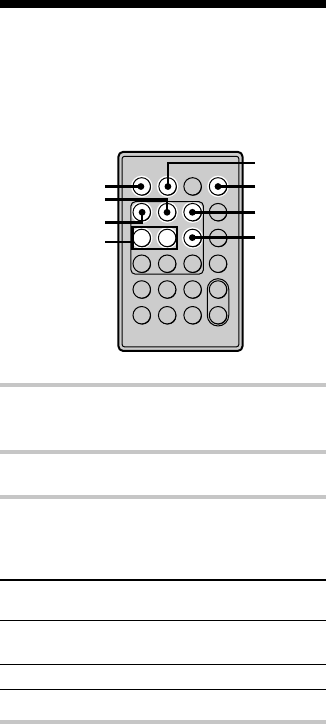
12
You can make only a first-
generation copy* through a
digital-to-digital connection.
Examples are given as follows:
• You can make a copy of a commercially
available digital sound program (for example, a
CD or MD), but you can’t make a second copy
from the first-generation copy.
• You can make a copy of a digital signal from a
digitally recorded analog sound program (for
example, an analog record or a music cassette
tape) or from a digital satellite broadcast
program, but you can’t make a second copy
from the first-generation copy.
* A first-generation copy means the first recording of
a digital audio source through the deck’s digital
input connector. For example, if you record from a
CD player connected to the DIGITAL (OPTICAL)
IN connector, that copy is a first-generation copy.
Note
The restrictions of the Serial Copy Management
System don’t apply when you make a recording
through the analog-to-analog connections.
Recording on an MD
The operations for normal recording are explained
below. If the MD has recorded material on it, the
deck will automatically start recording from the
end of the recorded portion.
?/1
Z
N
Xx
.>z
mM
–
+
g
?/1
x
z
INPUT
Z
X
N
./>
1 Press ?/1 to turn on the deck.
The switch indicator on the deck turns off.
2 Insert a recordable MD (page 4).
3 Press INPUT repeatedly to select the
input jack (connector) connected to the
program source.
If the source is connected
to the
Select
DIGITAL (OPTICAL) IN
connector
Optical In
LINE (ANALOG) IN jack Analog In
4 If necessary, select the recording mode.
For details, see “Recording for Long Times”
on page 15.
Notes on Recording (continued)


















